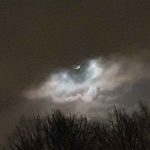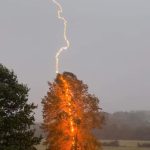Key Takeaways
- The first Zinnia flower to bloom in space is catching the sun’s rays on the International Space Station (ISS) through the Cupola windows, providing color and a touch of nature to the crew.
- The Zinnia experiment contributes to learning about plant growth in microgravity for future deep space missions, like NASA’s “Journey to Mars.”
- NASA astronaut Scott Kelly shared stunning photos of the blooming Zinnias, grown using both LED lighting and natural sunlight.
- The Zinnia growth experiment faced challenges, including mold infestation, but was saved through Kelly’s autonomous gardening efforts.
- The Veggie plant growth system used for the experiment is crucial for mastering food cultivation in space, vital for long-duration space travel.
A spectacular event has unfolded aboard the International Space Station (ISS) as the first-ever Zinnia flower bloomed in space. The flower’s delicate petals are beautifully illuminated by the sun’s rays as it graces the Cupola windows of the ISS. This mesmerizing sight not only offers a splash of color and a connection to nature for the multinational crew but also imparts invaluable lessons for future space exploration endeavors.
The Zinnia’s growth and flowering in space provide essential insights into cultivating plants and sustaining life in microgravity – crucial information for NASA’s ambitious “Journey to Mars” initiative. Astronaut Scott Kelly, a seasoned gardener, nurtured these space-blooming Zinnias, harnessing both LED lighting and natural sunlight to facilitate their growth.
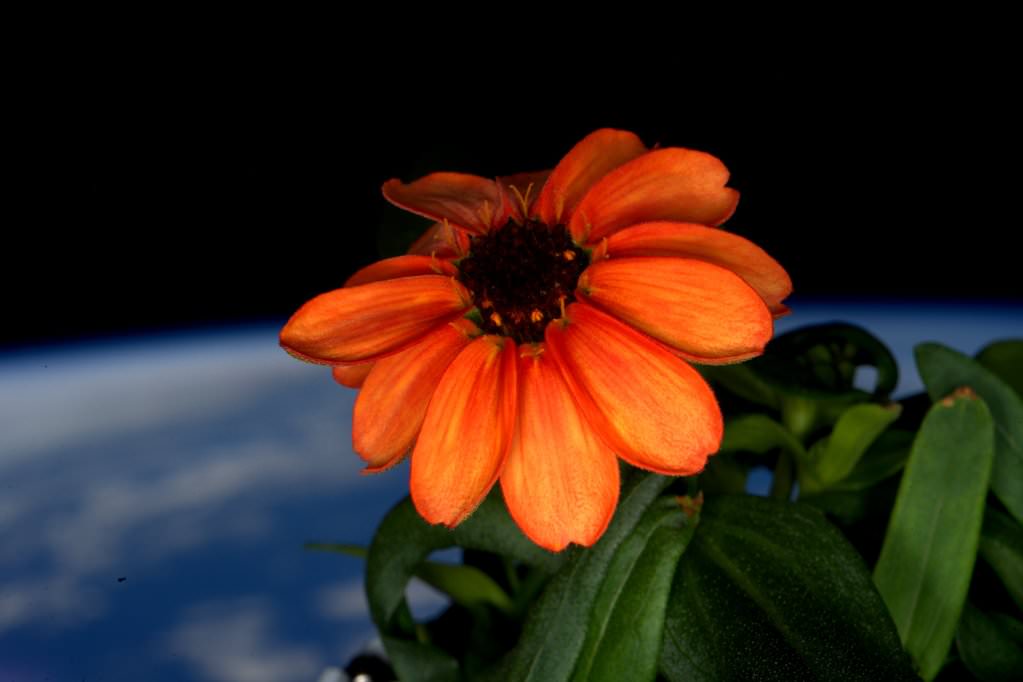
Kelly’s role as the “Veggie commander” involved caring for the Zinnias within the Veggie plant growth system, a low-cost illuminated chamber that serves as a vital tool for learning how to cultivate edible plants in space. The journey wasn’t without challenges; an encounter with mold nearly spelled disaster for the experiment. However, Kelly’s autonomy in tending to the plants allowed him to devise innovative solutions and nurse the Zinnias back to health.
This feat carries profound implications for future deep space missions, where growing food will be essential for the survival of astronauts during extended voyages. The Veggie experiment is a pivotal step towards making science fiction, like the feats of the fictional astronaut Mark Watney in “The Martian,” a reality. By comparing the growth of these Zinnias with their Earth-based counterparts, scientists aim to refine their understanding of space plant cultivation.
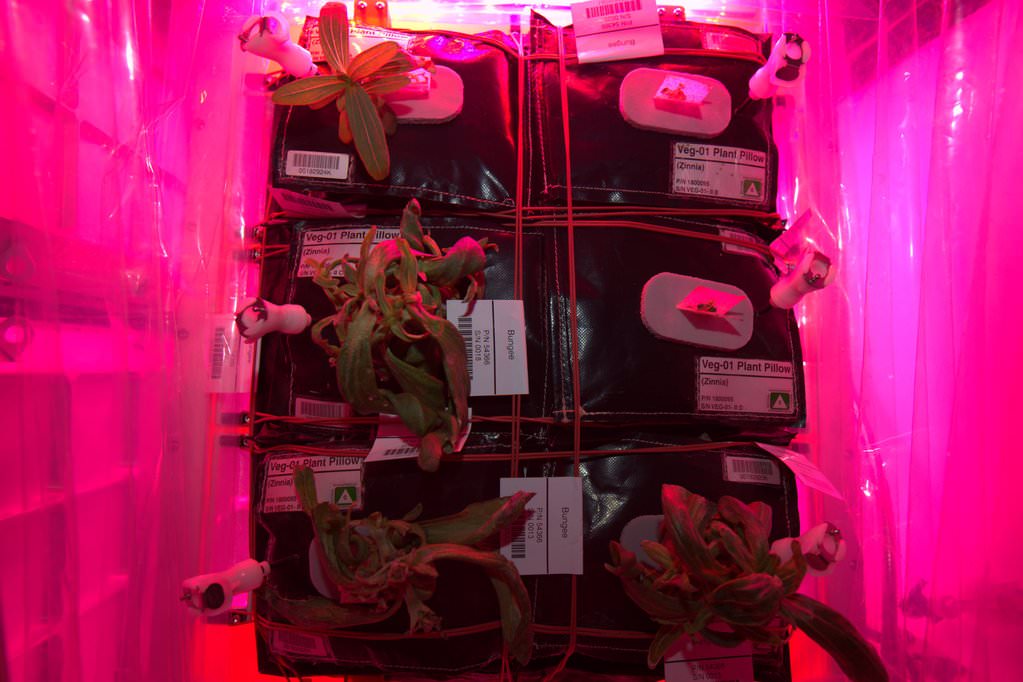
The Zinnia’s successful blooming stands as a testament to human ingenuity and resilience in the face of challenges. While it graces the Cupola windows with its vibrant colors, it also symbolizes a pivotal stride towards establishing sustainable life beyond Earth. As astronaut Kelly continues his “1Year ISS Mission,” these Zinnias, along with the lessons they yield, serve as a beacon guiding humanity’s journey into the cosmos.

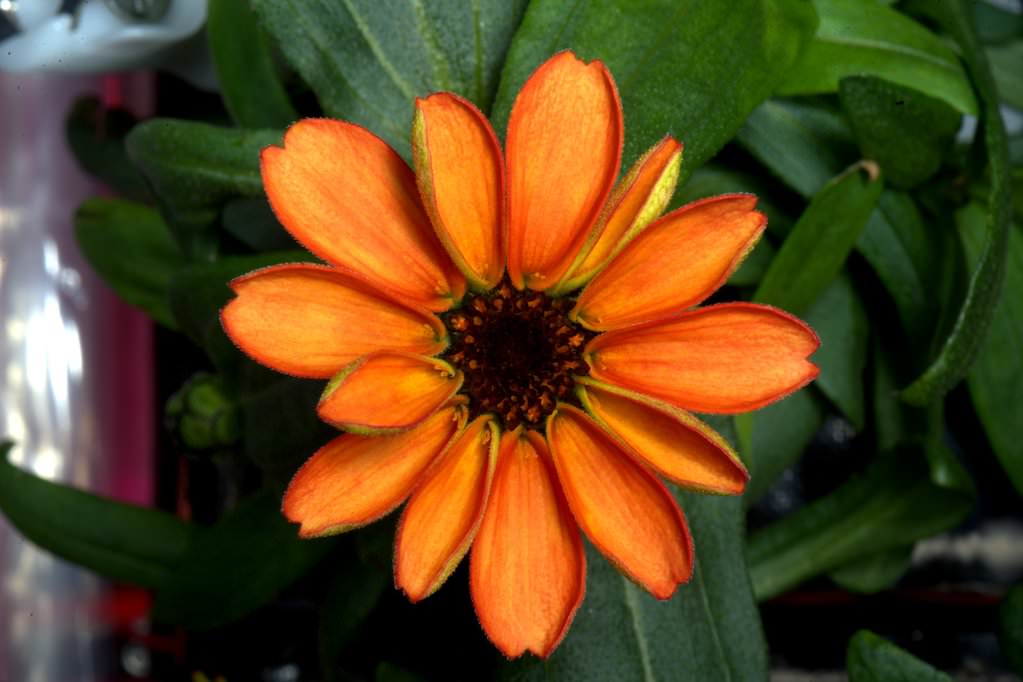
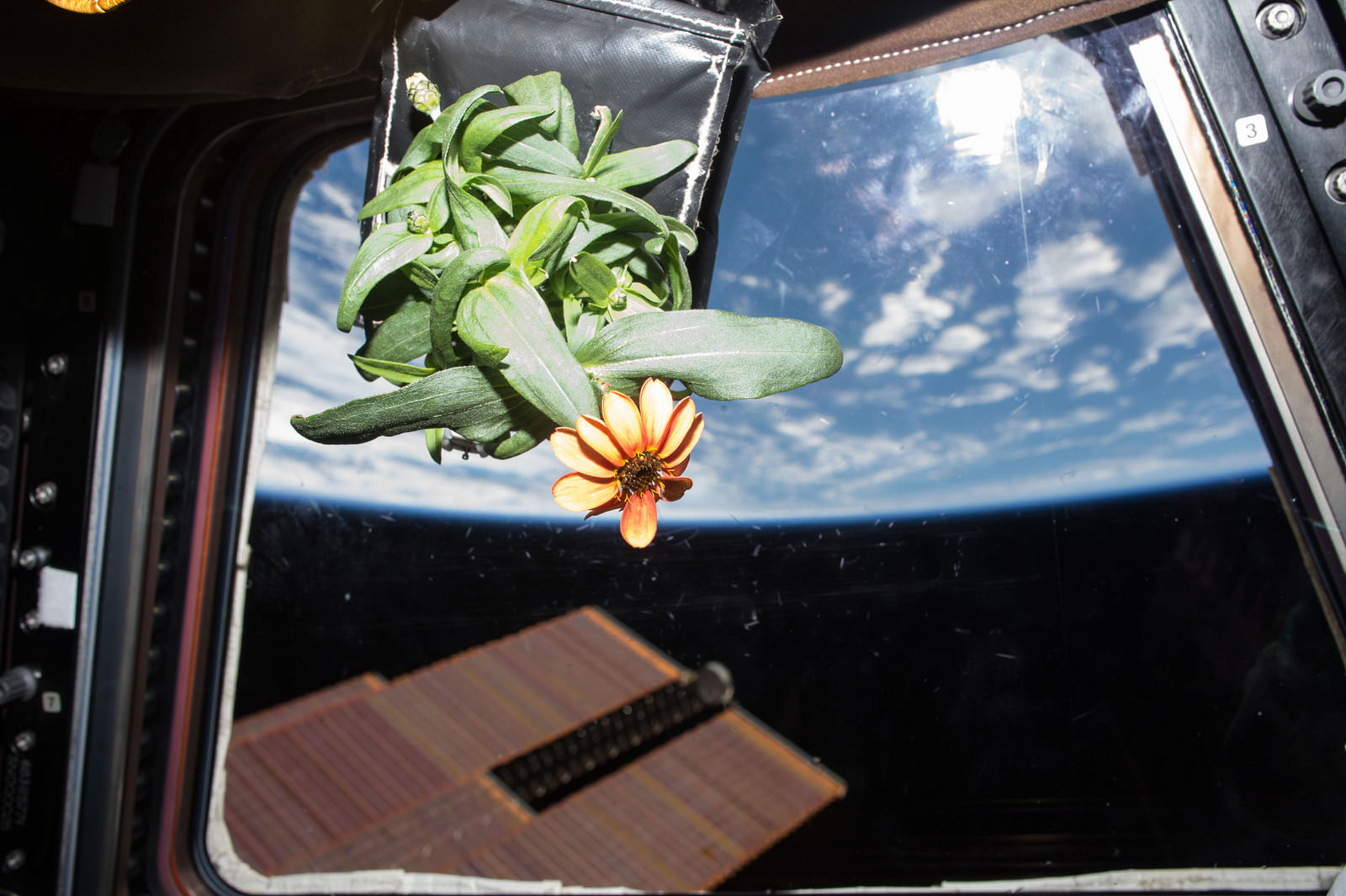
Read full article on Universe Today
